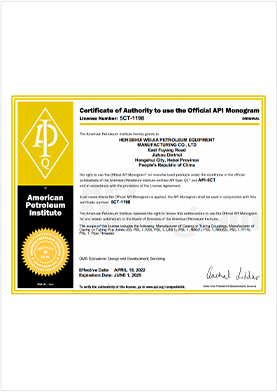- Afrikaans
- Albanian
- Amharic
- Arabic
- Armenian
- Azerbaijani
- Basque
- Belarusian
- Bengali
- Bosnian
- Bulgarian
- Catalan
- Cebuano
- Corsican
- Croatian
- Czech
- Danish
- Dutch
- English
- Esperanto
- Estonian
- Finnish
- French
- Frisian
- Galician
- Georgian
- German
- Greek
- Gujarati
- Haitian Creole
- hausa
- hawaiian
- Hebrew
- Hindi
- Miao
- Hungarian
- Icelandic
- igbo
- Indonesian
- irish
- Italian
- Japanese
- Javanese
- Kannada
- kazakh
- Khmer
- Rwandese
- Korean
- Kurdish
- Kyrgyz
- Lao
- Latin
- Latvian
- Lithuanian
- Luxembourgish
- Macedonian
- Malgashi
- Malay
- Malayalam
- Maltese
- Maori
- Marathi
- Mongolian
- Myanmar
- Nepali
- Norwegian
- Norwegian
- Occitan
- Pashto
- Persian
- Polish
- Portuguese
- Punjabi
- Romanian
- Russian
- Samoan
- Scottish Gaelic
- Serbian
- Sesotho
- Shona
- Sindhi
- Sinhala
- Slovak
- Slovenian
- Somali
- Spanish
- Sundanese
- Swahili
- Swedish
- Tagalog
- Tajik
- Tamil
- Tatar
- Telugu
- Thai
- Turkish
- Turkmen
- Ukrainian
- Urdu
- Uighur
- Uzbek
- Vietnamese
- Welsh
- Bantu
- Yiddish
- Yoruba
- Zulu
casing and tubing connections
Casing and Tubing Connections in Oil and Gas Drilling
In the oil and gas industry, the integrity and reliability of connections between casing and tubing are paramount for successful drilling operations. Casing and tubing serve as the backbone of any well, protecting it from external pressures, preventing the influx of contaminants, and ensuring the flow of hydrocarbons to the surface. Understanding the types of connections, their design, and installation is crucial for maintaining safety and efficiency in drilling operations.
Casing and Tubing Connections in Oil and Gas Drilling
There are various types of connections used in casing and tubing, each with specific applications and advantages. The most common types include threaded connections, welded connections, and slip-on connections. Threaded connections are prevalent in both casing and tubing due to their ease of installation and disassembly. The threads are machined onto the ends of the pipes, allowing them to be screwed together. This type of connection is widely used because it provides a good seal while being relatively easy to replace if necessary.
casing and tubing connections

Welded connections, typically used in high-pressure applications, involve fusing the ends of two pipes together using welding techniques. This type of connection often provides superior strength and resistance to leakage, making it suitable for deep-water drilling and high-pressure environments. However, the welding process requires careful execution and skilled labor to avoid creating weak points that could compromise the integrity of the connection.
Slip-on connections are another type that allows for quick assembly. The pipe slides over a fitting, and once in place, it can be secured with bolts or clamps. While these connections can be easily assembled and disassembled, they may not offer the same pressure-retentive qualities as threaded or welded connections, making them less common in critical applications.
When installing casing and tubing connections, certain best practices should be followed to ensure reliability. Proper torque specifications must be adhered to, particularly for threaded connections, as over-tightening can lead to damage, while under-tightening can cause leaks. Additionally, using joint compounds or sealants can enhance the sealing capability of threaded connections and offer an extra layer of protection against leaks.
In summary, the connections between casing and tubing are critical components in the drilling process. With an understanding of the types of connections available and the best practices for installation, oil and gas operators can safeguard their operations against potential failures. Choosing the right type of connection based on the specific requirements of the well can significantly enhance operational safety and efficiency, ensuring a successful and productive drilling program. As technologies advance, the methods and materials used for these connections will continue to evolve, contributing to the overall improvement in drilling performance.
-
Tubing Pup Joints: Essential Components for Oil and Gas OperationsNewsJul.10,2025
-
Pup Joints: Essential Components for Reliable Drilling OperationsNewsJul.10,2025
-
Pipe Couplings: Connecting Your World EfficientlyNewsJul.10,2025
-
Mastering Oilfield Operations with Quality Tubing and CasingNewsJul.10,2025
-
High-Quality Casing Couplings for Every NeedNewsJul.10,2025
-
Boost Your Drilling Efficiency with Premium Crossover Tools & Seating NipplesNewsJul.10,2025







